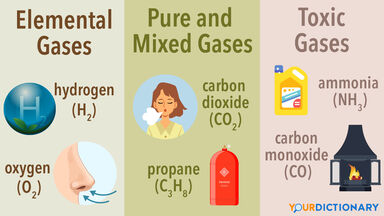When, as in the formation of naphthalene tetrachloride, for example, the one ring becomes saturated, the other might be expected to assume the normal centric form and become relatively inactive.
The best solvents for rubber are carbon bisulphide, benzol and mineral naphtha, carbon tetrachloride and chloroform.
If a suspension of lead dichloride in hydrochloric acid be treated with chlorine gas, a solution of lead tetrachloride is obtained; by adding ammonium chloride ammonium plumbichloride, (NH 4) 2 PbC1 6, is precipitated, which on treatment with strong sulphuric acid yields lead tetrachloride, PbC1 4, as a translucent, yellow, highly refractive liquid.
A colloidal or soluble stannic acid is obtained by dialysing a mixture of tin tetrachloride and alkali, or of sodium stannate and hydrochloric acid.
Stannic Chloride, SnC1 4, named by Andreas Libavius in 1605 Spiritus argenti vivi sublimate from its preparation by distilling tin or its amalgam with corrosive sublimate, and afterwards termed Spiritus fumans Libavii, is obtained by passing dry chlorine over granulated tin contained in a retort; the tetrachloride distils over as a heavy liquid, from which the excess of chlorine is easily removed by shaking with a small quantity of tin filings and re-distilling.

